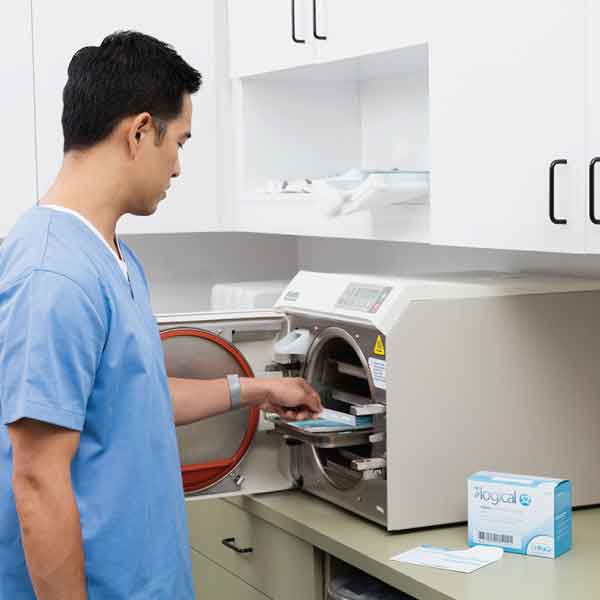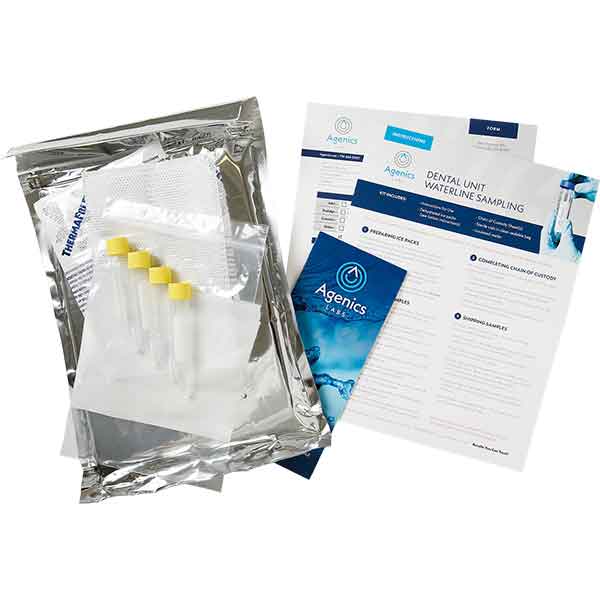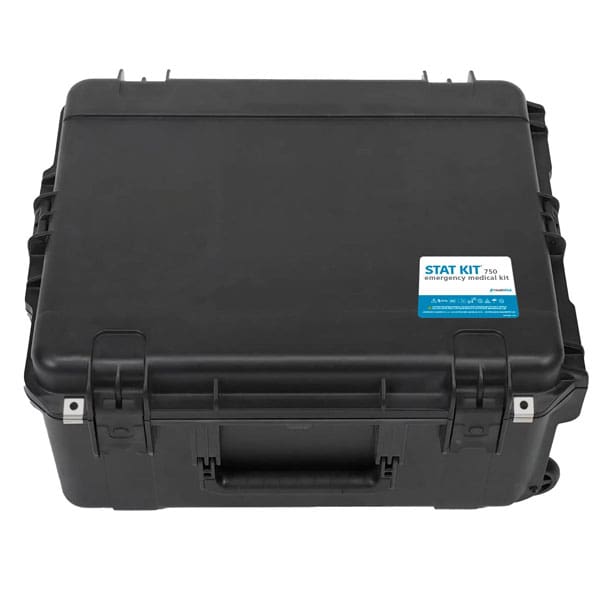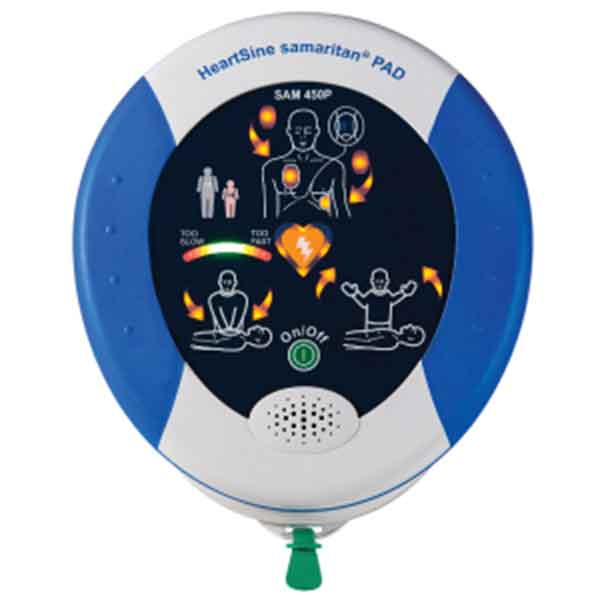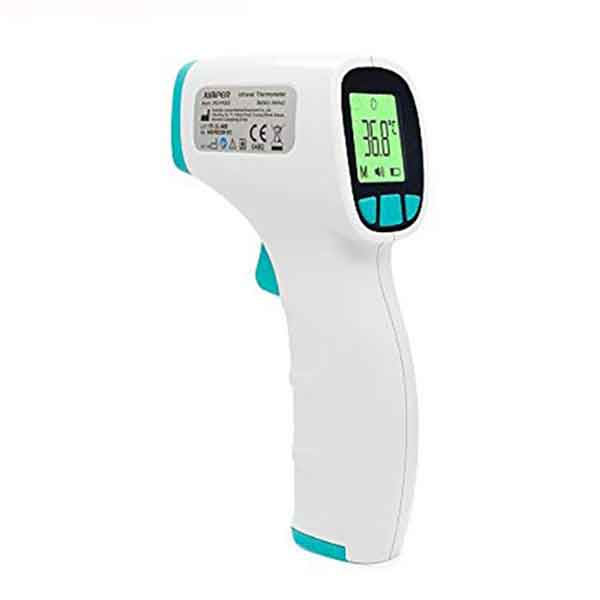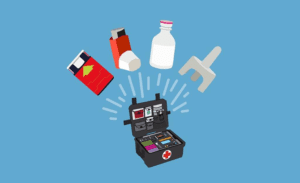If not managed well, crash carts are an audit and patient safety risk to your medical facility. Expired emergency medications, recalled medications, out-of-compliance lots, and lack of documentation on the drug use and expiration dates can lead to an audit, fines, and citations.
In its April 2017 Quick Safety bulletin, The Joint Commission quantified the patient safety risk from a poorly managed crash cart. It cited a Pennsylvania Patient Safety Authority study that found 56 incidents over a 12-month period where crash cart medications or supplies were missing or outdated. Each incident posed a risk to the facility.
Reduce Risk by Automating Crash Cart Medications
“By improving the efficiency and reliability of the crash cart, and preventing unnecessary delays, you can improve patient outcomes following a crisis event,” the Joint Commission concluded.
Need more convincing? Five reasons to automate today.
- Eliminate non-productive staff time. What else could a staff nurse or assistant be doing that provides more value than manually checking expiration dates and buying refills?
- Remove human error on inventory tasks. Crash carts can hold a lot of emergency drugs that might otherwise be kept in a central location. Without an automated system in place, maintaining proper inventory is a constant challenge and open invite for human error.
- Get cost savings on unit dose medication. You can gain cost efficiencies by replenishing in low units rather than buying medication “bricks.” With an automated notification and order to provide refills, facilities can lower fixed costs.
- Reduce waste. By receiving new medications just prior to the expiration of the older ones, there is less overlap and less waste.
- Efficiently manage piles of paperwork. What if it were in one place online? Furthermore, your practice needs an audit trail. Having all the paperwork in one place makes an audit much easier.
Automate Crash Cart Medications Management
The Joint Commission bulletin suggests that medical facilities look to electronic solutions to automate crash cart medication management. One such solution is the OnTraq Crash Cart Auto-Replenishment program, designed to help with the time-consuming, labor-intensive process of maintaining your medical emergency crash cart.
How OnTraq Auto-Replenishment Works
OnTraq inventories your crash cart contents, tracks your emergency cart medications, equipment, and automatically replenishes them before they expire. At any time, you can see the status of your crash cart drugs and manage your account through OnTraq. Your staff can spend time on more productive tasks than manually checking and replacing your crash cart medications.
Key Features
- Medications always current
- Bird’s eye view in OnTraq of cart contents and expiration status for each cart or location
- Automatically monitors and displays national drug backorder status
- Automatically receive replenishments prior to the expiration
- Replace only what you need by purchasing in unit dose instead of lots
- Eases the burden of meeting applicable government and accreditation standards, such as AAAASF, AAAHC, JHACO, and state regulations
- Includes return and tracking of your unused medication for disposal
How to Get Started
Begin to reduce your crash cart risks by enrolling in auto-replenishment. Simply fill out this form and a representative will contact you.
































